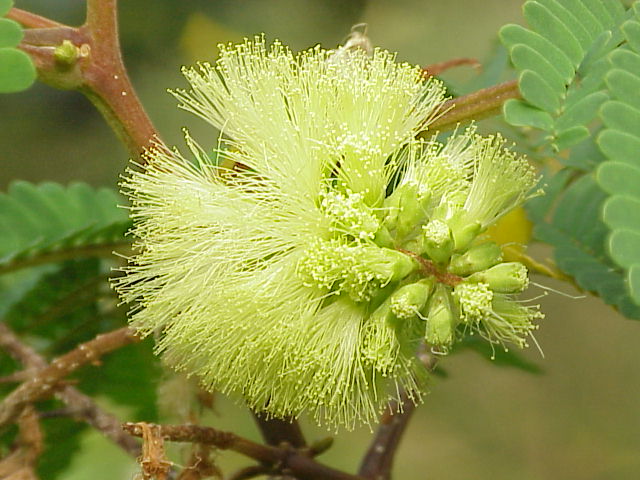Created by: Elizabeth D. Brusati
Created on: Thursday, Jan 28th, 2016
Created on: Thursday, Jan 28th, 2016
Yes or No:
Yes
Points:
1
Confidence Level:
Very High
Answer / Justification:
California, South Africa, Australia, New Zealand
Reference(s):
Yes or No:
Yes
Points:
2
Confidence Level:
Very High
Answer / Justification:
Naturalized in 12 California counties.
Reference(s):
Yes or No:
Yes
Points:
2
Confidence Level:
Very High
Answer / Justification:
Invasive in the Western and Eastern Cape Provinces of South Africa where it replaces native vegetation.
Reference(s):
Yes or No:
Yes
Points:
3
Confidence Level:
Very High
Answer / Justification:
Invasive in the Western Cape Province of South Africa, which is similar to California. Invades forest margins, riverbanks, and moist slopes of South African fynbos.
Reference(s):
Yes or No:
Yes
Points:
1
Confidence Level:
High
Answer / Justification:
Albizia lebbeck (synonym to Paraserianthes) is invasive in southern Africa, which is similar to California. It is also invasive in more tropical areas such as Florida, Puerto Rico, and the Bahamas. Other species of Albizia are listed in Randall 2012 but I did not compare all of them.
Reference(s):
Yes or No:
No
Points:
0
Confidence Level:
Medium
Answer / Justification:
Native to Western Australia and Indonesia. Western Australia is similar to California but Indonesia is not. South Africa is similar to California but only a small portion of New Zealand is (based on Cal-IPC's climate comparison map). There is no GBIF map under this name or synonym Albizia lophantha so I am basing comparisons on text descriptions. It seems to be a draw so I'm answering no.
Reference(s):
Yes or No:
Yes
Points:
1
Confidence Level:
Very High
Answer / Justification:
Forms stands that shade out native species and impede overstory regeneration. Replaces native species in South Africa, where it forms dense stands along riverbanks.
Reference(s):
Yes or No:
No
Points:
0
Confidence Level:
Very Low
Answer / Justification:
No information so defaulting to no.
Reference(s):
Yes or No:
Yes
Points:
1
Confidence Level:
Medium
Answer / Justification:
South Africa invasive plants website says it is poisonous but gives no details. (Seeds also emit a nauseating odor when crushed.)
Reference(s):
Yes or No:
Yes
Points:
1
Confidence Level:
High
Answer / Justification:
Forms dense stands 4-6m tall. Fast growing, up to 2m per year. Answering yes based on height and its ability to form dense stands.
Reference(s):
Yes or No:
No
Points:
0
Confidence Level:
High
Answer / Justification:
Reproduces by seed. No mention of vegetative reproduction. Does not coppice after fire.
Reference(s):
Yes or No:
No
Points:
0
Confidence Level:
High
Answer / Justification:
Does not seem likely given that it's a shrub or tree.
Reference(s):
Yes or No:
Yes
Points:
1
Confidence Level:
Very High
Answer / Justification:
Reproduces by seed
Reference(s):
Yes or No:
Points:
Confidence Level:
Very Low
Answer / Justification:
No information
Reference(s):
Yes or No:
Points:
Confidence Level:
Very Low
Answer / Justification:
No information
Reference(s):
Yes or No:
Points:
Confidence Level:
Answer / Justification:
Reference(s):
Yes or No:
No
Points:
0
Confidence Level:
Medium
Answer / Justification:
Flowers May - July in California. This is borderline for producing seeds for 3 months so I am answering as no.
Reference(s):
Yes or No:
Yes
Points:
1
Confidence Level:
Very High
Answer / Justification:
Seeds dispersed by birds and ants. Bird dispersal has the capability to be long distance.
Reference(s):
Yes or No:
Yes
Points:
1
Confidence Level:
Medium
Answer / Justification:
In New Zealand, water movement reported to spread seeds.
http://www.hear.org/pier/species/paraserianthes_lophantha.htm
Reference(s):
Yes or No:
Yes
Points:
1
Confidence Level:
High
Answer / Justification:
In New Zealand, contaminated soil and gravel reported to spread seeds.
Reference(s):
Reviewed by Alison Forrestel, National Park Service.
- < 13 : accept (low risk of invasiveness)
- 13 - 15 : evaluate further
- > 15 : reject (high risk of invasiveness)
PRE Score:
16
Number of questions answered:
17
Screener Confidence (%):
80.0
Organization:
Evaluation visibility:
Public - accessible to all site users

